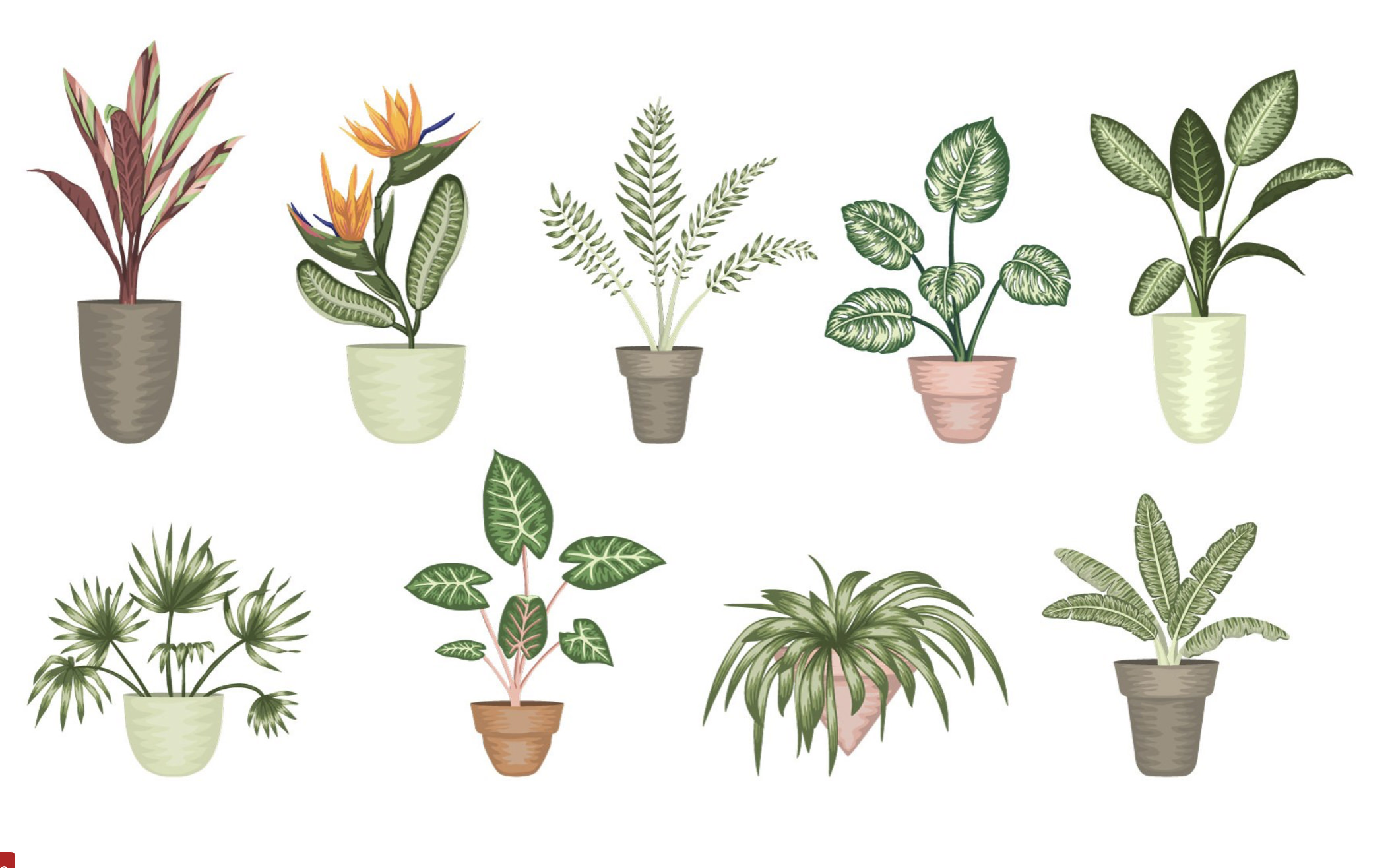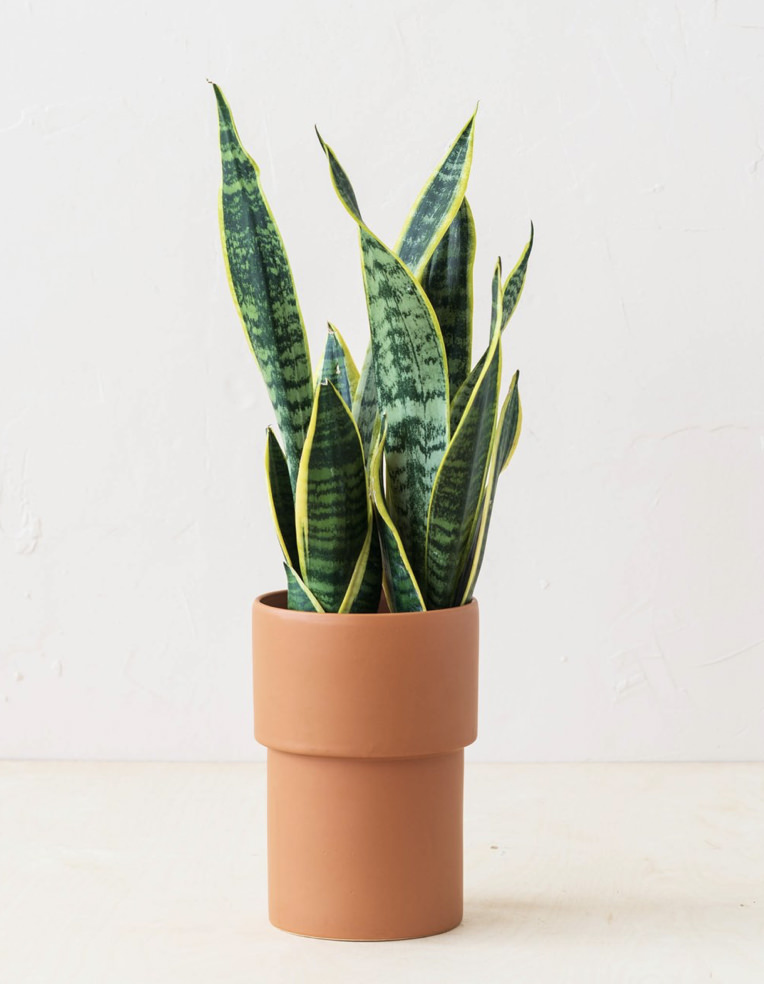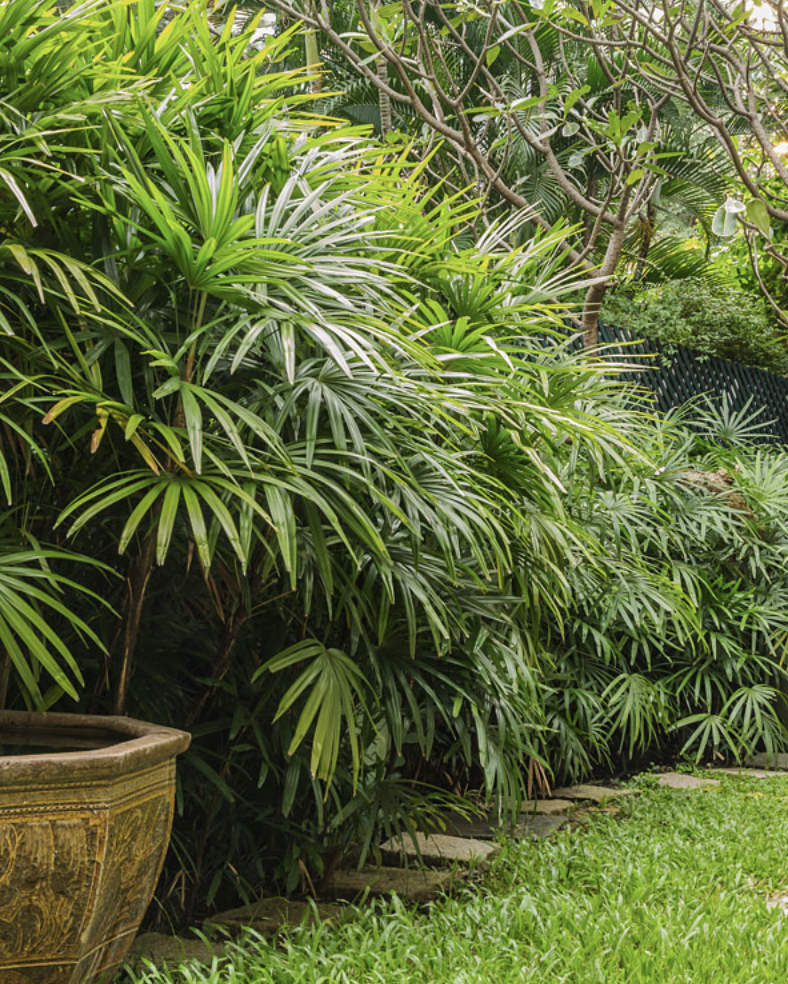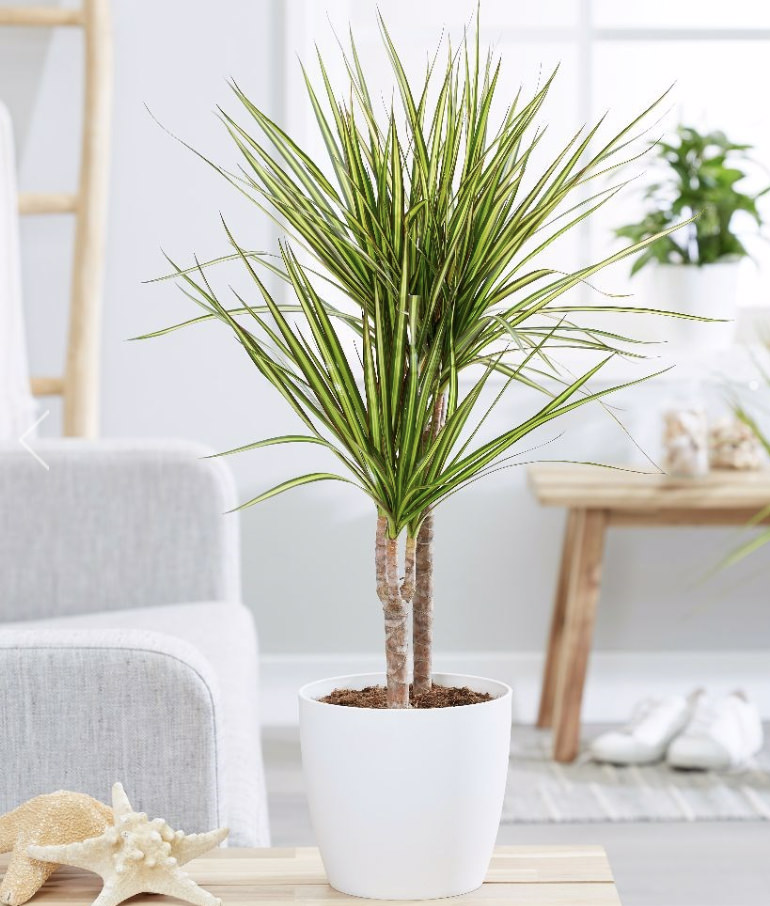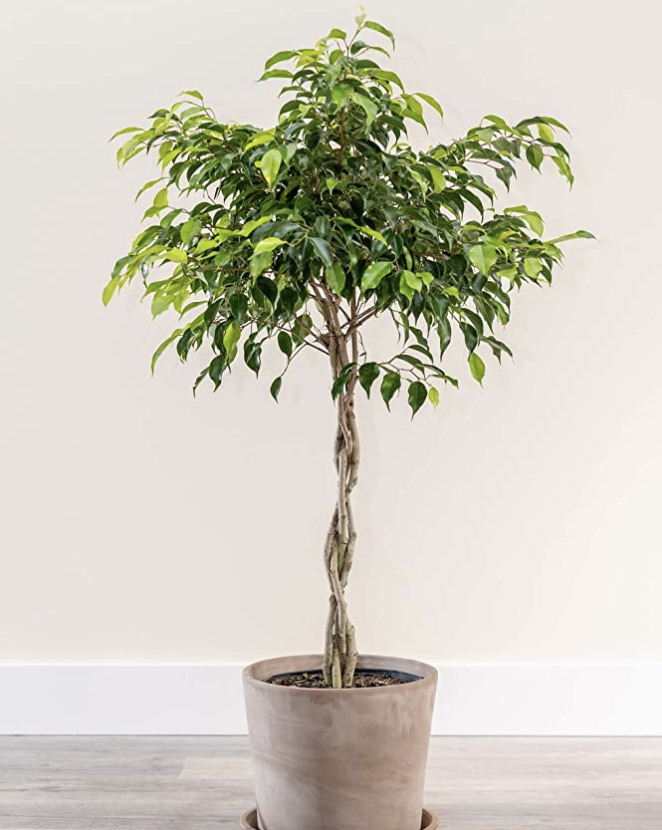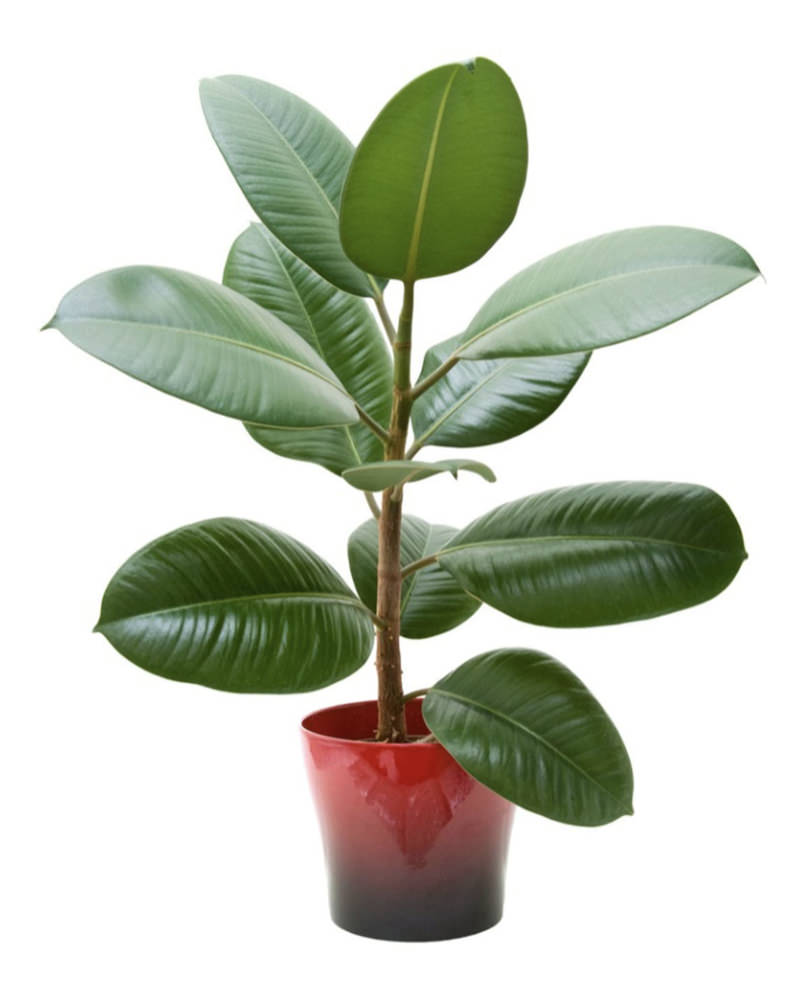Anyone who’s ever shopped around for houseplants would probably admit to prioritizing the way they look and what their maintenance requirements are before deciding on one to bring home. Those are obvious things to keep in mind, but there’s one more important aspect we sometimes tend to forget about when looking for an ideal houseplant: their health benefits.
Good health depends on more than just diet and exercise. Without a doubt your environment affects your health too, and the right houseplant can actually make a big difference in your mood, your stress level, your sleep quality and even your breathing.
A nice looking plant is great, but a nice looking plant that quietly works its magic in the background on your health as you go about your regular routine is even better. Here are 12 houseplants that can help and clean the air your breath.
- Areca Palm
As with all plants, the Areca Palm is biologically engineered to take in carbon dioxide and release oxygen. However, what sets the Areca Palm apart is its ability to also purify the environment it’s placed in by removing dangerous chemicals such as formaldehyde, xylene and toluene.
Recommendation & Care: The Areca Palm does well in filtered light and needs to be watered often. For one person, four shoulder-high plants should suffice.
Best Placement: The Living Room
2. Snake plant
Plant otherwise known as the Mother-In-Law’s Tongue is unique for its nighttime oxygen production, and ability to purify air through the removal of benzene, formaldehyde, trichloroethylene, xylene, and toluene.
Recommendation & Care: The Snake Plant does well in window light and needs to be watered weekly. For one person, six to eight waist level plants are recommended. In an air-sealed room, these plants are capable of producing enough oxygen to breathe normally.
Best Placement: The Bedroom
3. Money Plant/Pothos
Featured by NASA, the Money Plant is renowned for its ability to remove chemicals and other pollutants from the air, specifically benzene, formaldehyde, xylene, and toluene. However, despite the benefit of its high purification rate, this plant is toxic to cats, dogs, and small children if its leaves are ingested.
Recommendation & Care: The Money Plant prefers indirect light and needs to be watered every week or so. For one person, three 18-inch plants are recommended.
Best Placement: Any room but keep out of reach of pets or small children.
4. Gerbera Daisy (Gerbera Jamesonii)
Arguably the prettiest entry on the list, the Gerbera Daisy is often used as a decorative element in gardening. However, the Gerbera Daisy is also distinct for its ability to produce high levels of oxygen at night while removing harmful chemicals, such as benzene and trichloroethylene. Beneficial for those suffering from sleep apnea and breathing disorders, keep this one on the nightstand for better sleep.
Recommendation & Care: The Gerbera Daisy prefers bright sunlight during the summer, spring and fall, and indirect light during the winter. It needs to be watered regularly with the soil being kept moist. Due to the decorative nature of the flower, the amount of recommended flower pots is up to the discretion of the planter.
Best Placement: The Bedroom
5. Chinese Evergreens
The Chinese Evergreen is one of the most common household plants and for good reason. This plant emits a high oxygen content while purifying indoor spaces of harmful chemicals such as benzene, formaldehyde and other toxins. As its name suggests, it is quite popular in China specifically for its high efficiency in removing harmful pollutants from the air.
Recommendation & Care: The Chinese Evergreen does well in full shade, and only needs to be watered occasionally with a focus on keeping the soil moist. The number of plants kept is at the owner’s discretion.
Best Placement: The Living Room
6. Spider Plant
For those of you who are houseplant newbies, the resilient spider plant is a perfect choice. It will quietly battle toxins including carbon monoxide and xylene, a solvent used in the printing and rubber industries. If you have pets, this is one of the few houseplants that are non-toxic to animals.
Recommendation and Care: You can also repot the tiny ‘spiderettes’ and grow a whole family of plants that will pretty much take care of themselves… and you.
Best placement: The bedroom or the living room
7. Aloe Vera
A healing aloe plant is a lovely addition to your kitchen windowsill, as it loves a sunny spot. While being on hand to soothe any kitchen burns, this succulent will be purifying the air of formaldehyde and benzene, found in varnishes, floor finishes, and detergents.
Recommendation and Care: This plant will thrive in a sunny location. It doesn’t require frequent watering, so it is perfect for new plant moms and dads.
Best placement: Any window sill or any well-lit corner, out of the way to avoid pricking
8. Broad lady palm
This is one of the few plants that can help reduce levels of ammonia that can be found in a range of cleaning products. They are expensive to buy fully-grown so you might want to shop around for a smaller one or start from seed.
Recommendation and Care: Humidity-loving, this plant will be very happy with generous watering.
Best placement: The bathroom, the entrance or the Living Room. However, if kept in the bathroom, go easy with watering as it takes up the moisture as it is.
9. Red-edged Dracaena or Dragon Tree
Trichloroethylene and xylene are amongst the pollutants fought by this spiky, slow-growing plant. The leaves have a bright red trim which adds a flash of color to your home.
Recommendation and Care: This plant needs reasonable sunlight.
Best placement: it has the potential to grow to 8ft, so keep it in a room with high ceilings. A well-lit corner of the living room or balcony.
10. Weeping fig
Popular houseplants since the Victorian times, weeping figs can help to tackle levels of formaldehyde, xylene, and toluene.
Recommendation and Care: They are fairly fussy plants that don’t like change. Keep your weeping fig in bright, indirect light away from drafts, and it will be a trusty purifier for many years to come.
Best placement: The balcony or a well-lit corner of the living room.
11. Chrysanthemum
These pretty blooms help to filter out a host of toxins including ammonia and benzene, which is often found in plastics, detergents, and glue.
Recommendation and Care: This plant loves sunlight, so place it in a spot near a sunbathed window.
Best placement: Brighten up your kitchen or living room with a chrysanthemum.
12. Rubber plant
While rubber plants (Ficus robusta) are grown as easy-care houseplants, they also improve indoor air quality, according to studies conducted by NASA. Their large leaves can absorb airborne chemicals and break them down, rendering them harmless. They absorb exhaled carbon dioxide and convert it to breathable oxygen. Rubber plants also eliminate bacteria and mold spores in the air.
Recommendation and Care: Rubber plants are tolerant of neglect and so can be grown easily by those with little experience with plants. They should be allowed to dry out between watering. Rubber plants handle under-watering better than over-watering. They can thrive in dim light, so they do well in a variety of indoor conditions. Rubber plants can eventually reach 8 feet tall if given the right conditions, so they should be planted where there is space for them to grow.
Best placement: The living room or the bedroom
13. Also, a little consolatory mention to Poinsettia!
Well, because Christmas time is coming and they do add to the Christmas decor. And they do so while getting rid of the toxins inside the house during winter times when we usually keep the windows shut. So, it’s a win-win.


